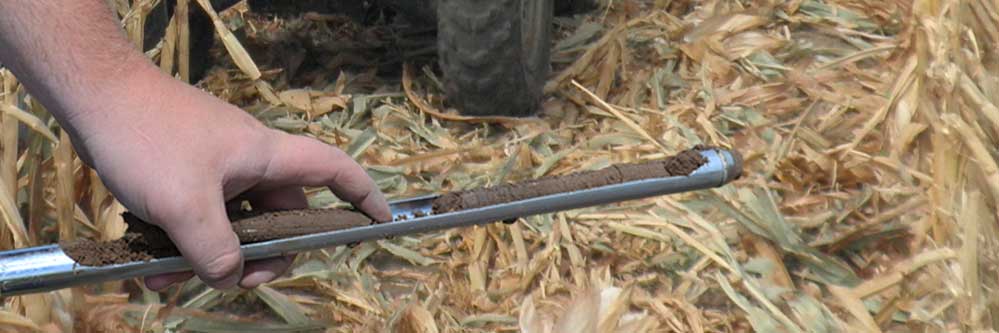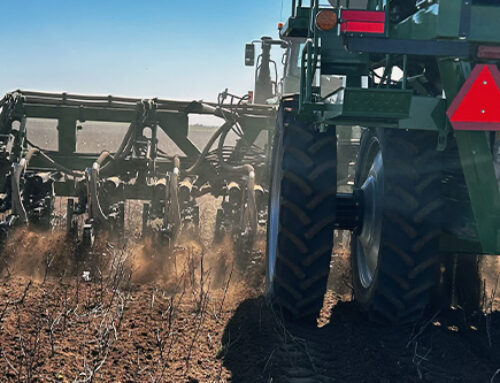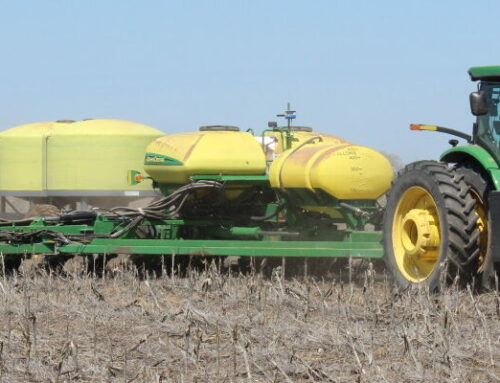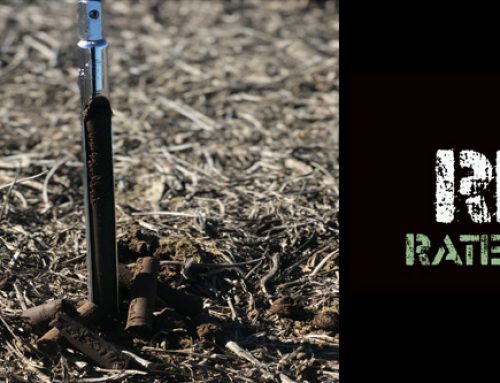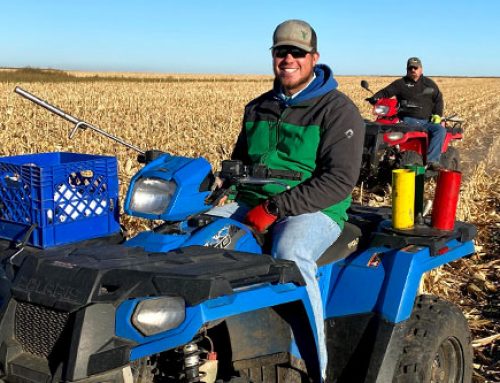GPS soil sampling marks the end of one crop, while welcoming the beginning of the next. The decisions made at this point will affect a farms direction over the season to come. So, it’s worth spending a little time evaluating what went well, what can be improved and how to adjust. Hopefully this planning will save time, money and maybe even a little aggravation.
What is GPS Soil Sampling?
GPS soil sampling is soil sampling while using a GPS to navigate for accurate sampling locations. Year after year, using a GPS to soil sample results in more repeatable soil test results. Grid soil sampling is probably the most common form of GPS assisted soil sampling. But other GPS sampling methods include management zone and composite soil sampling.
This is a great topic to address during the crop planning stages. When understood, it lets you select the soil sampling method that will be the most effective for your fertilizer application. Knowing the sampling methods and when to use them, allows for an educated decision; one that will affect the crop all season long.
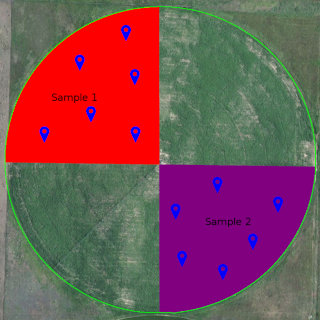
Composite soil sampling, two bags of soil would be sent to the lab for analysis in this example.
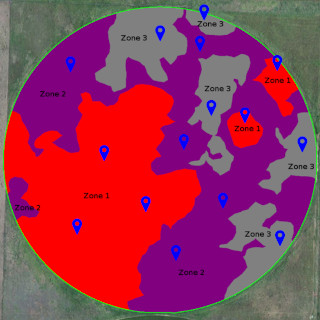
Management zones defining the like areas. Three bags of soil would be sent to the lab for analysis in this example.
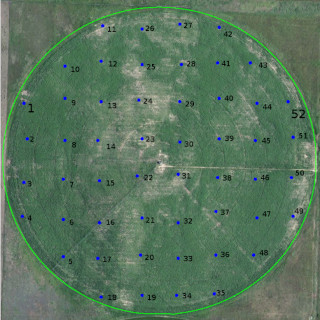
Grid samples are pulled on a set pattern. Fifty-two samples increase the detail in the fertilizer recs in this example.
The images do a nice job of showing the techniques, but below is a little more explanation.
Composite / Management Zone Sampling
Composite soil sampling has been around for decades. composite and management zone GPS soil sampling have a lot in common. In their simplest forms they both came from basic agronomy. For decades universities have taught to divide fields into like areas, then pull a set of soil cores that best represent those areas. Today we are using new technologies to define those like areas. We call them management zones. The philosophy surrounding management zones has been preached for decades, we are just refining the technique.
Grid Sampling
Grid Samples on the other hand make no attempt to define like areas. Instead you are pulling a set of soil cores in a very small area around a GPS point. Those GPS points are placed on a set grid pattern of consistent size. The GPS soil samples are then fed into software that does its best job of estimating what the values between the samples should be.
The number of samples and how the samples are taken affects the fertilizer recommendations, and the fertilizer applications affect the crop for the entire season. Give it some thought, so you can choose the appropriate soil sampling method for your operation.
Want to learn more about these techniques? To explore grid sampling and management zones for creating fertilizer recommendations, be sure to visit Precision Ag Services.
Written by: Nathan Woydziak, Hoisington, KS
